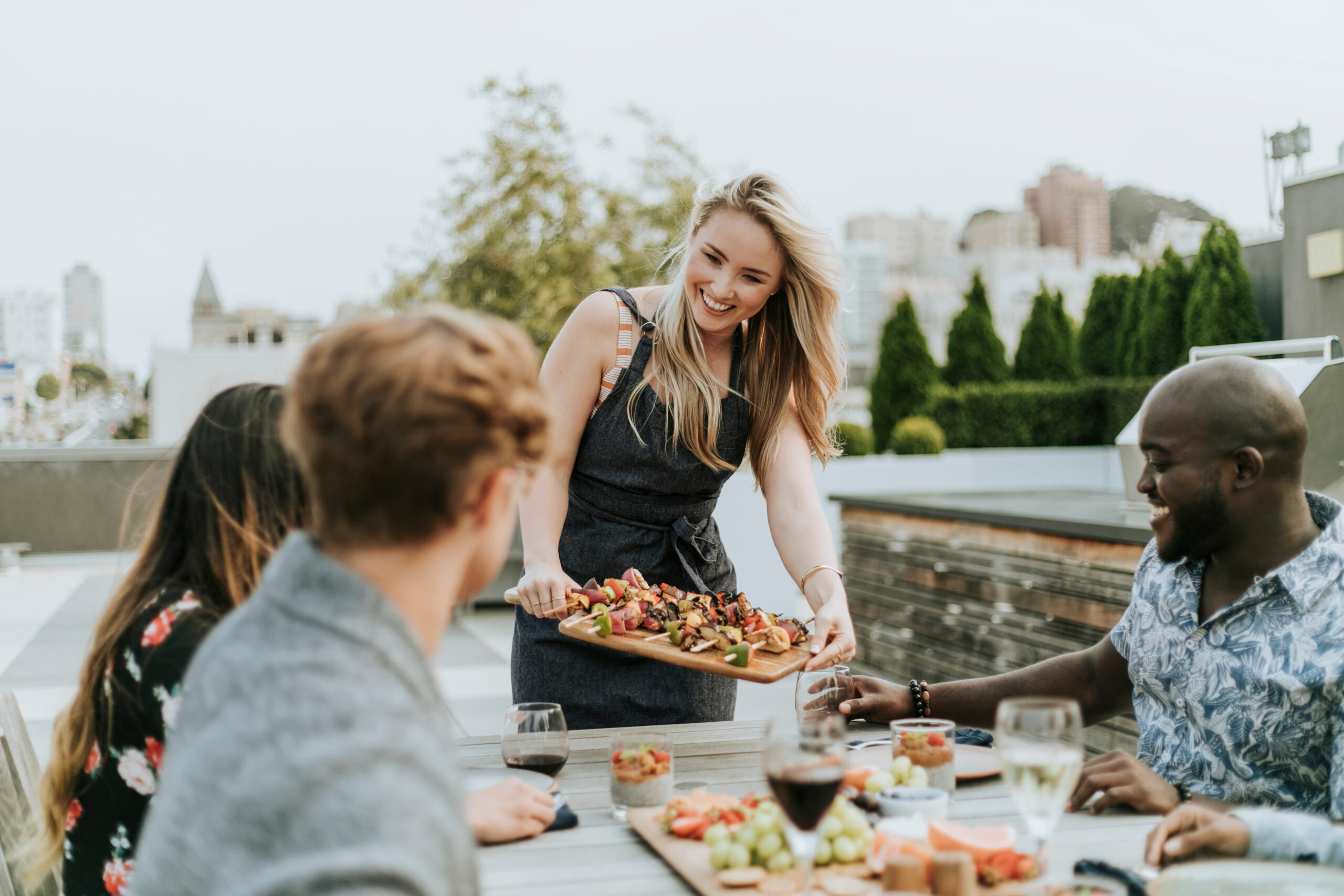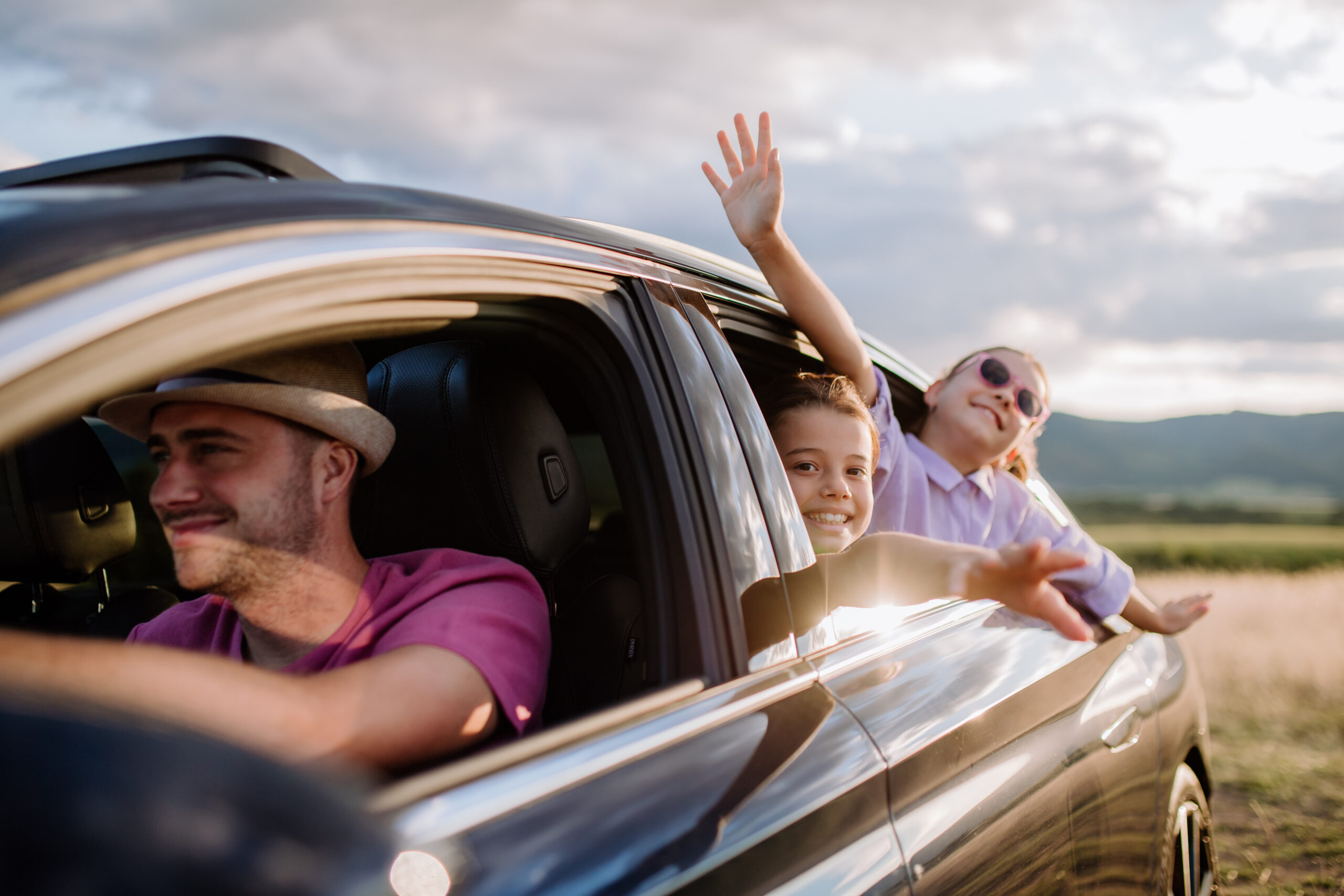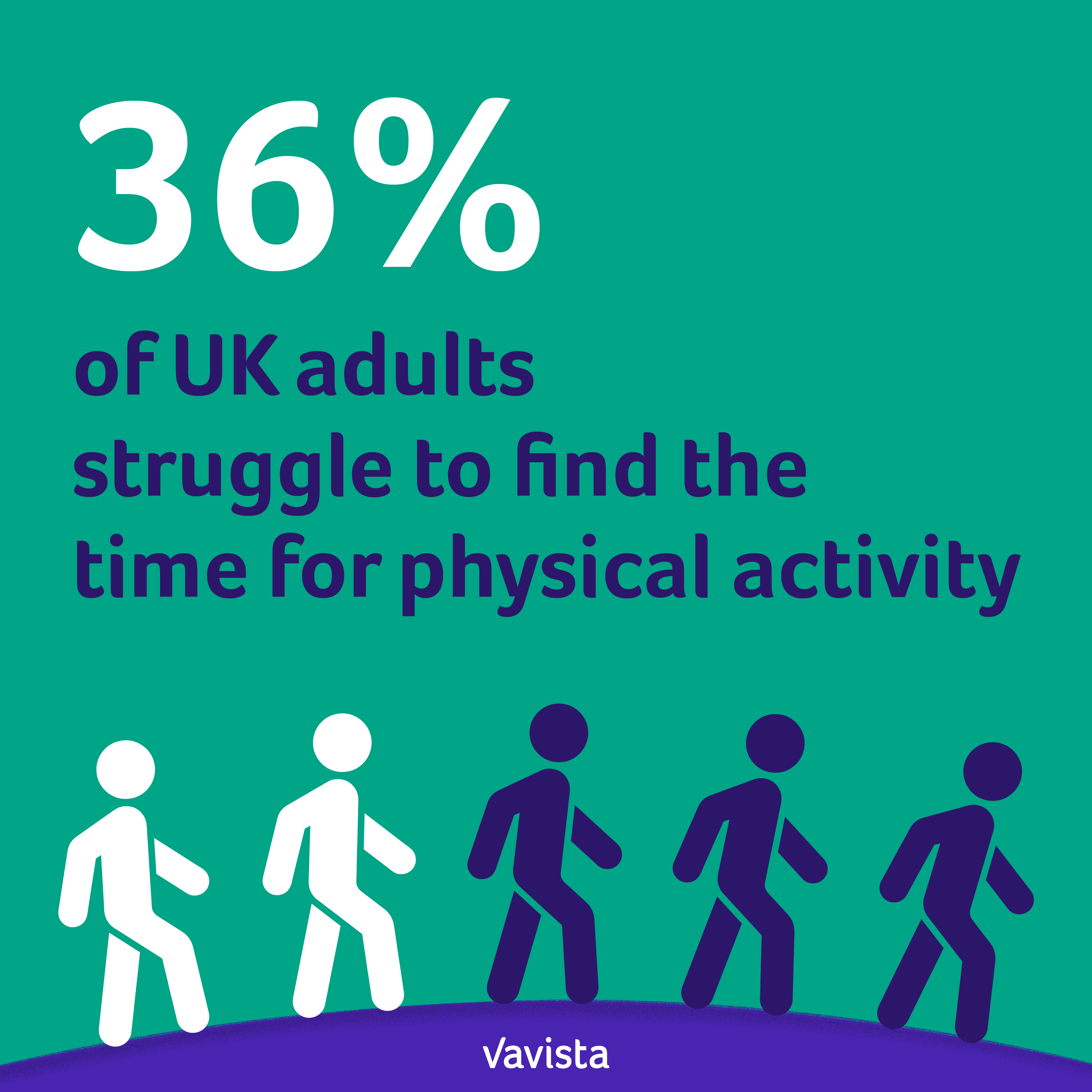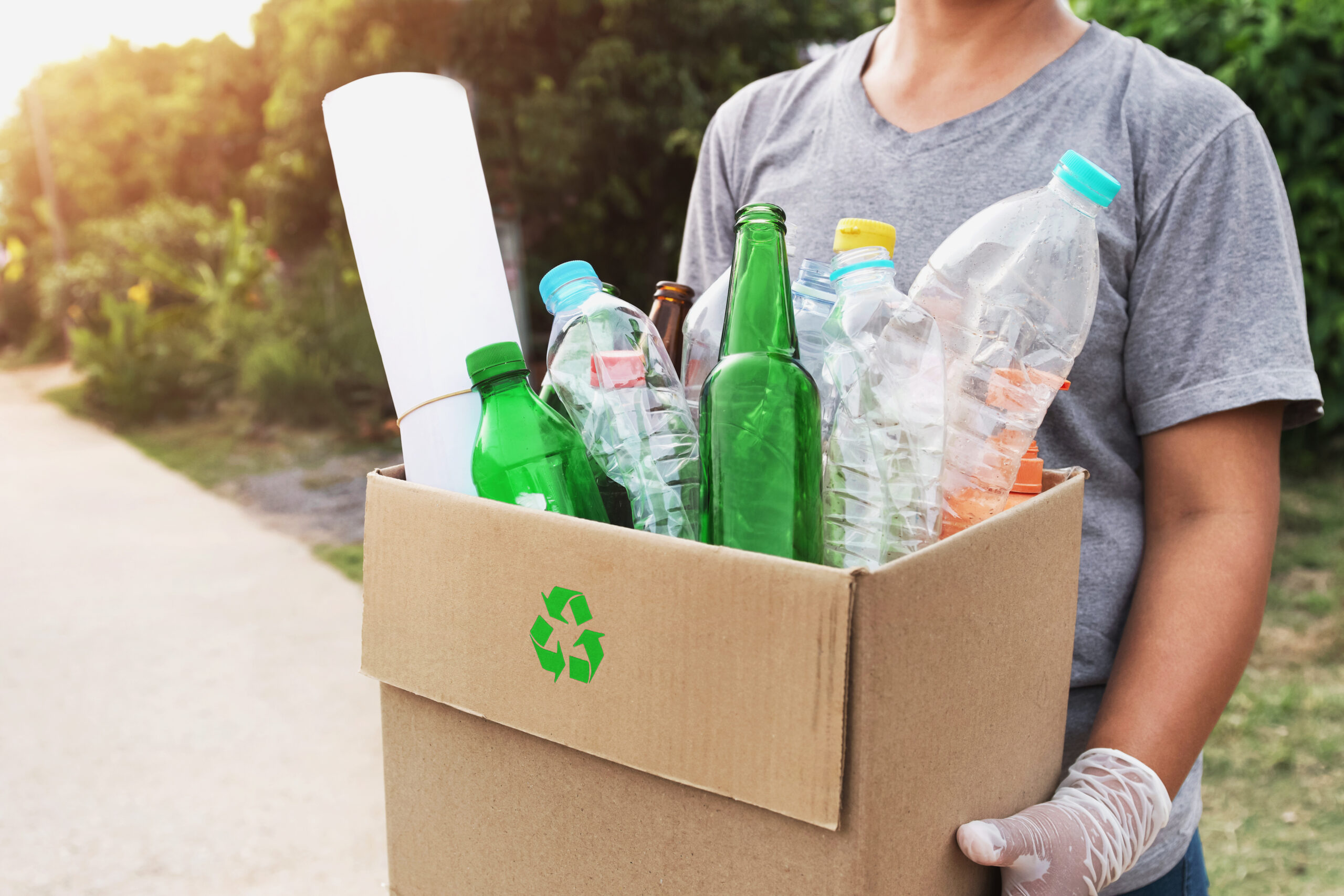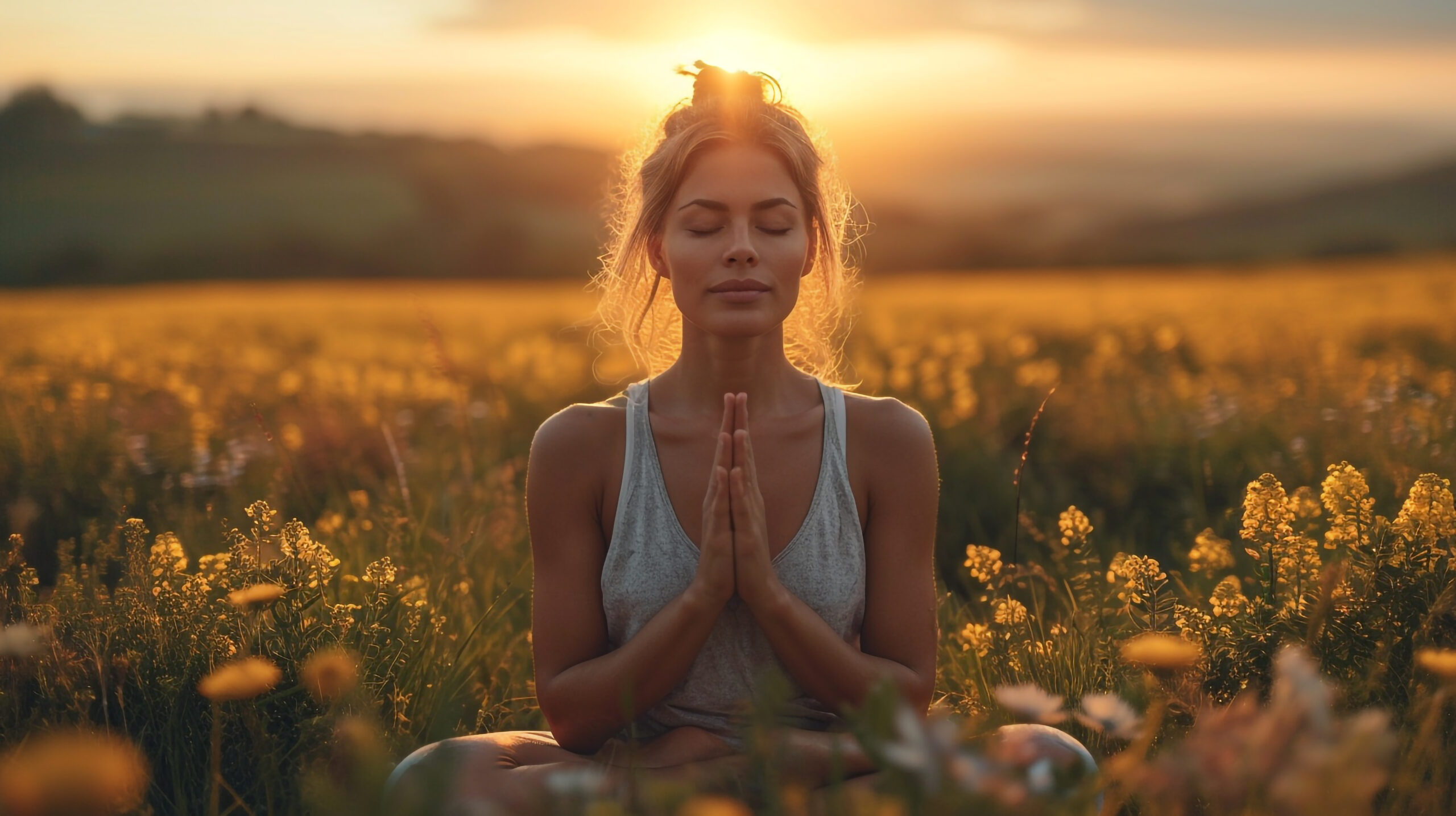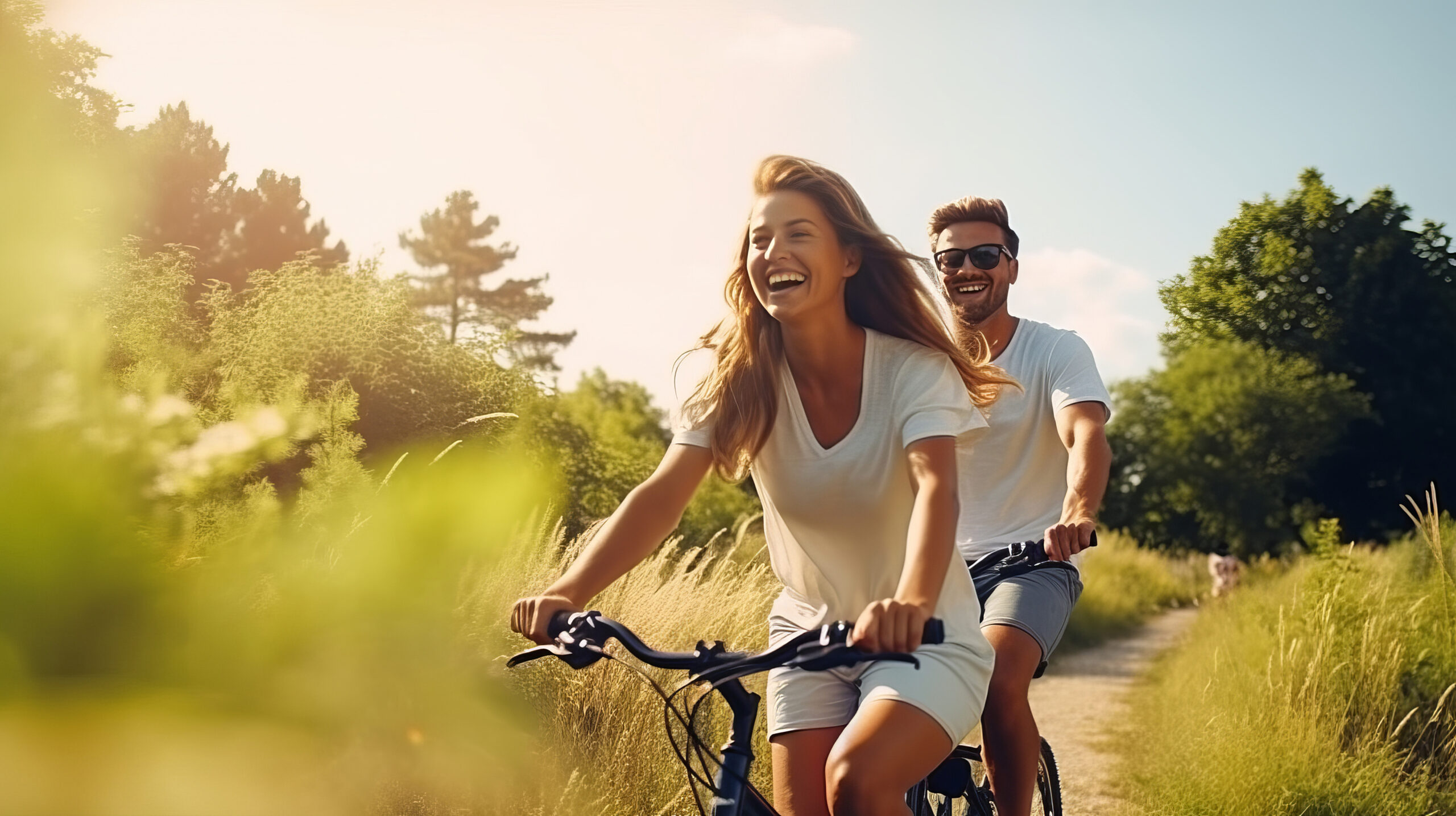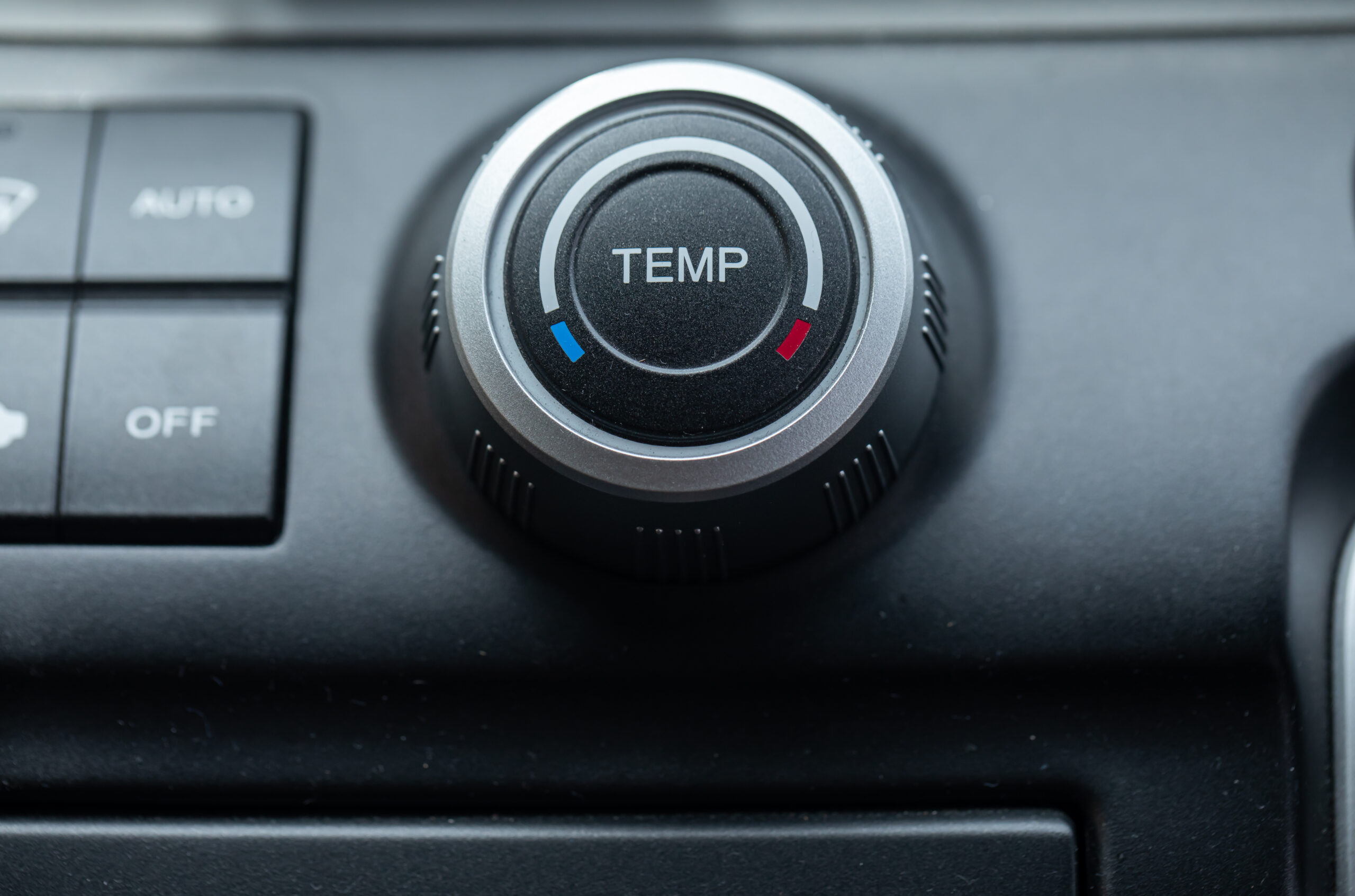In our fast-paced world, where every minute counts and convenience often trumps health considerations, it’s easy to overlook the simple joys and benefits of walking or cycling for shorter trips.
We’re accustomed to hopping in our cars for even the briefest of journeys, but what if we slowed down and reconsidered our mode of transportation? What if we embraced the age-old practices of walking or cycling, not just as a means to an end, but as valuable experiences in themselves? Let’s explore the myriad benefits of these healthier alternatives to driving…
Physical Health Benefits
First and foremost, walking or cycling offers a plethora of physical health benefits. According to a recent study on walking in particular, with every 2,000 steps taken, there’s a 10% decrease in the risk of heart disease, cancer, and premature death, reaching its peak at 10,000 steps per day [1].
Engaging in these activities regularly can significantly improve cardiovascular health, strengthen muscles, and help maintain a healthy weight. Unlike driving, which often involves sitting for extended periods, walking and cycling incorporate physical activity into our daily routines, promoting overall fitness and well-being.
Mental Well-being
Beyond the physical advantages, walking or cycling can also have a profound impact on mental well-being. Studies have shown that spending time outdoors and engaging in physical activity can reduce stress, anxiety, and depression.
According to Ramblers.org, engaging in a brisk ten-minute walk enhances both mental alertness and positive mood [2]. Check out our article on The Healing Powers of Green for your Mental Health.
Additionally, walking or cycling provides an opportunity for mindfulness, allowing us to fully immerse ourselves in the present moment and appreciate the beauty of our surroundings.

Environmental Benefits
One of the most compelling reasons to choose walking or cycling over driving is the positive impact on the environment. Department for Transport statistics reveal that in 2021, 72% of journeys undertaken in England spanned less than five miles. Of these, walks constituted over four-fifths of trips under one mile, while for distances between one and five miles, 67% were travelled by car or van [3].
Cars emit harmful pollutants that contribute to air pollution, greenhouse gas emissions, and climate change. By opting for human-powered transportation, we can reduce our carbon footprint and help preserve the planet for future generations. Surprising figures show that switching from driving to cycling reduced the average person’s daily life cycle CO2 emissions by 3.2 kgCO2/day [4].
Walking and cycling produces zero emissions, making it a sustainable choice that aligns with our responsibility to protect the environment.
Find out more on Vavista’s efforts to reduce our carbon footprint.
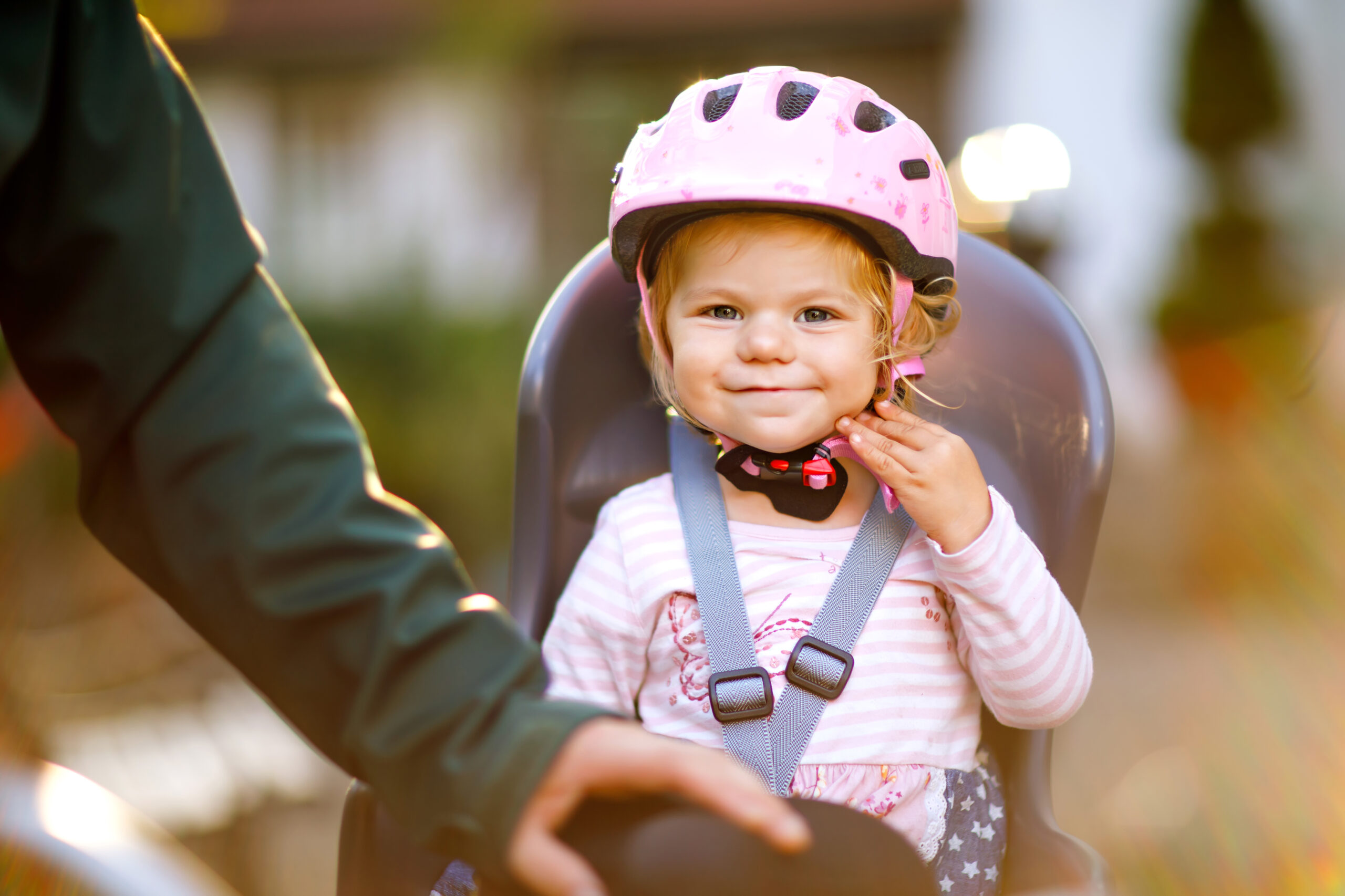
Cost Savings
In addition to the health and environmental benefits, walking or biking can also lead to significant cost savings. Based on data from the National Travel Survey, the average number of trips per person in England in 2021 stood at 757, albeit lower than usual due to the pandemic. A significant portion of these journeys were made by car, frequently for short distances [5]. Consider the potential savings if we were to replace these brief car trips, such as running errands or ferrying children to school, with walking or cycling instead.
Walking and cycling is essentially free, requiring only comfortable footwear or a well-maintained bicycle, making it an economical option for transportation.

By incorporating more walking and/or cycling into our daily lives, we can lead healthier, happier, and more fulfilling lifestyles while also contributing to a greener and more sustainable world. So, the next time you’re faced with a short journey, consider leaving the car behind and embracing the simple pleasures of walking or cycling. Your body, mind, and the planet will thank you for it. Remember to always wear a helmet when cycling and stay safe out and about.
For every policy sold we plant a tree in a developing country – helping reforestation, contributing towards offsetting your carbon footprint, and reducing extreme poverty through the employment of local villagers. Get a quote today!
